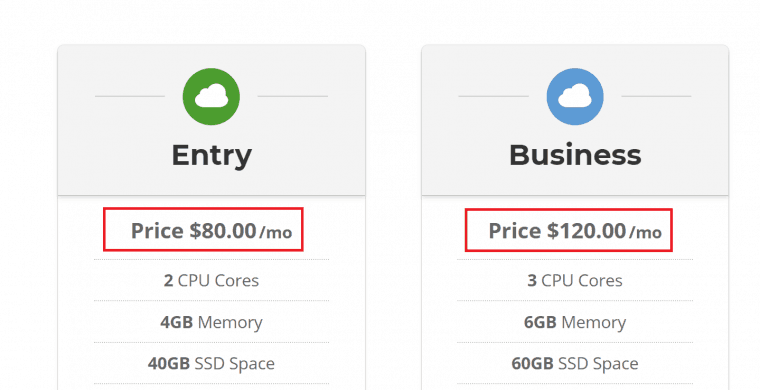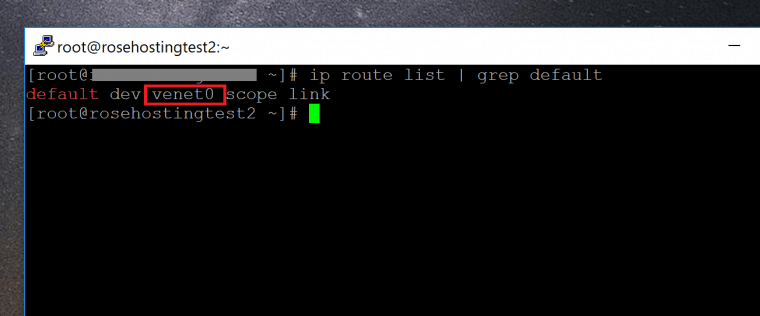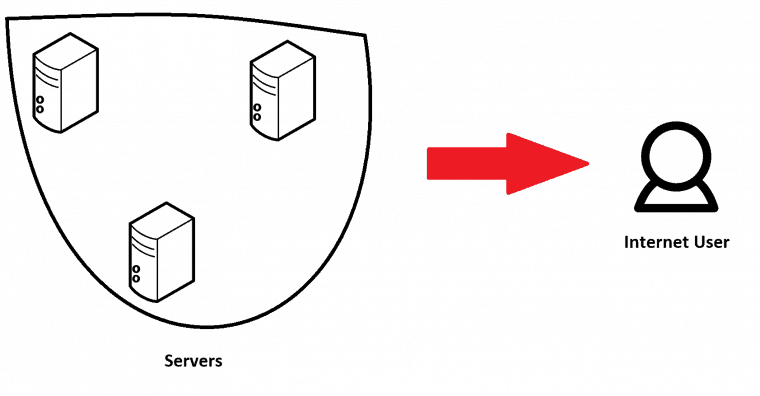These days there’s so much confusion between the different types of web hosting. Particularly when it comes to cloud and VPS hosting. A few years back, this wasn’t an issue.
However, there are still some key differences between cloud hosting and VPS. Here they are.
Pricing – VPS is Typically More Expensive
The first difference is in the target audience. “Cloud” hosting is typically sold to regular small businesses, and anyone who would normally consider web hosting. If you look at Hostgator for instance, their cloud hosting is just a few dollars more than their shared hosting plans. Here’s a comprehensive Hostgator coupon code list to help you find the best discount.
VPS hosting plans on the other hand, are sold to the more advanced website owner. These plans are for organizations or people who have outgrown their shared hosting environment and want something bigger. The traditional path so far has been:
Shared hosting -> (Cloud) -> VPS Hosting -> Dedicated Server
VPS hosting has a lot more power than either cloud, or shared hosting, which accounts for the increased price. An exception is SiteGround, whose cloud hosting is the most expensive, and starts at $80/month.
But apart from SiteGround, all the other “cloud hosting” services are just a bit more pricey than shared hosting. So the first difference is the target audience.
Virtualization and Root Access
These days, most VPS servers are virtualized across a large number of machines. Which means you’re not dealing with a single piece of hardware. These VPSs don’t have traditional hardware equivalents. For example, if you try and get the ethernet port ID of a virtual server in Linux, this is what you see:
Here, “venet0” is the virtual name for the network adapter. If it was a real port, you’ll see something like “eth0” instead.
However, cloud hosting takes this to the extreme. While it’s still possible for a VPS to be a container on a single machine, cloud servers are truly spread out everywhere. For example, Hostgator’s cloud hosting servers are spread out across at least three different machines.
So when a user interacts with a cloud site, what’s really happening in the background is this:
As you can imagine, this has a number of benefits. Your data is always backed up in multiple locations with cloud hosting, so there’s no danger of you waking up one morning and losing everything. Mirrored copies are insurance against catastrophic failures. VPS hosting offers no such benefits.
But Cloud Hosting is NOT a CDN
Many people think that because cloud hosting is spread out across multiple servers, it means that their site will be served from whichever is closest to the end user. This is not true. First, the multiple servers are usually clustered together geographically, so there’s not usually much latency benefits.
Second, there’s still only a single point of service. The cloud is not like some super CDN on steroids. That kind of true distributed server architecture is very rare, and only available with specialized configurations on Google Compute or Amazon AWS. Perhaps one day it’ll be made easy and accessible to the rest of us, but not before that!
Scalability
The third difference between the VPS and the cloud is scalability as per VPSInsider studies. With a VPS, you choose your configuration in advance and pay for a fixed amount of RAM and CPU cores. Then when you want to upgrade, you change your plan and buy something else. Even with custom solutions, your monthly bill is still a fixed plan.
The fundamental promise of the cloud however, is that it’s scalable in run time. Taken to the extreme, this means that your server capacity will increase or decrease based on the load you experience.
This can actually be a pitfall if you don’t place any limits on this capacity to grow. If you experience a DDoS attack one day, you could lose thousands of dollars as your server capacity ramps up to deal with the load!
For this reason, it’s a good idea to place some limits on cloud scalability when it happens automatically. However, most Cloud hosting providers don’t have this kind of service. They simply allow you to change your resources manually. So, if you find that you need a more powerful server config, just go to your dashboard, add some extra RAM and you’re ready to go!
The Lines Continue to Blur
As virtualization technologies become easier to use and more accessible, many web hosts are junking the term “cloud hosting” altogether. This trend was started a while ago by GoDaddy who dropped all cloud hosting services from their web page. Other providers like A2 Hosting don’t actively promote cloud hosting on their main navigation menu and relegate it to the footer.
It’s possible that as time goes by, more and more providers will replace “cloud hosting” with VPS entirely. But I don’t think that will happen. There’ll always be a market for people who want to auto-scale their resources and change it in real time. Or perhaps when we have true distributed computing, the term “cloud hosting” will come to mean a CDN-like architecture where we serve websites from the server closes to the user!
But for now, while the Cloud and VPS are similar, they are not the same.



